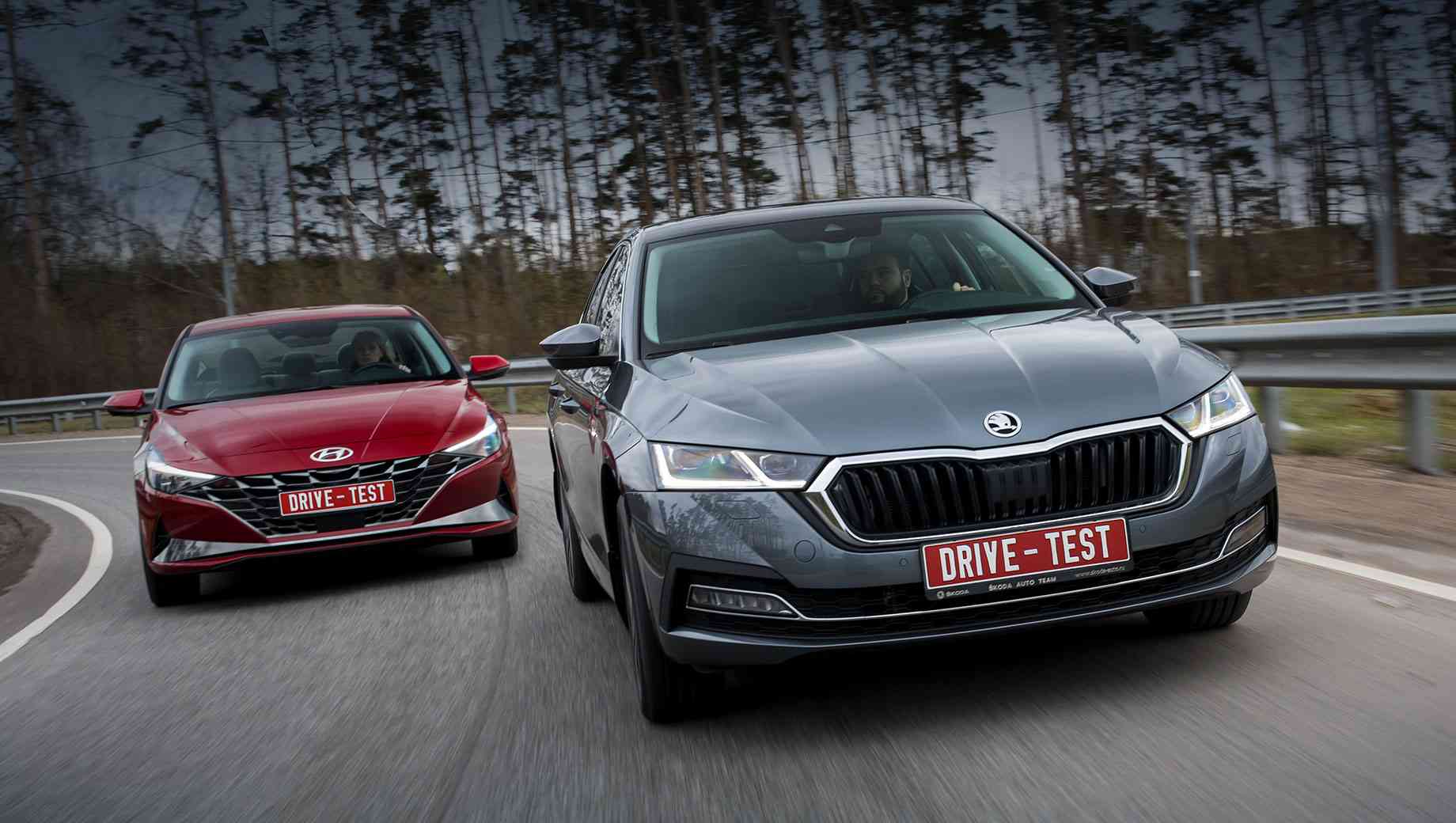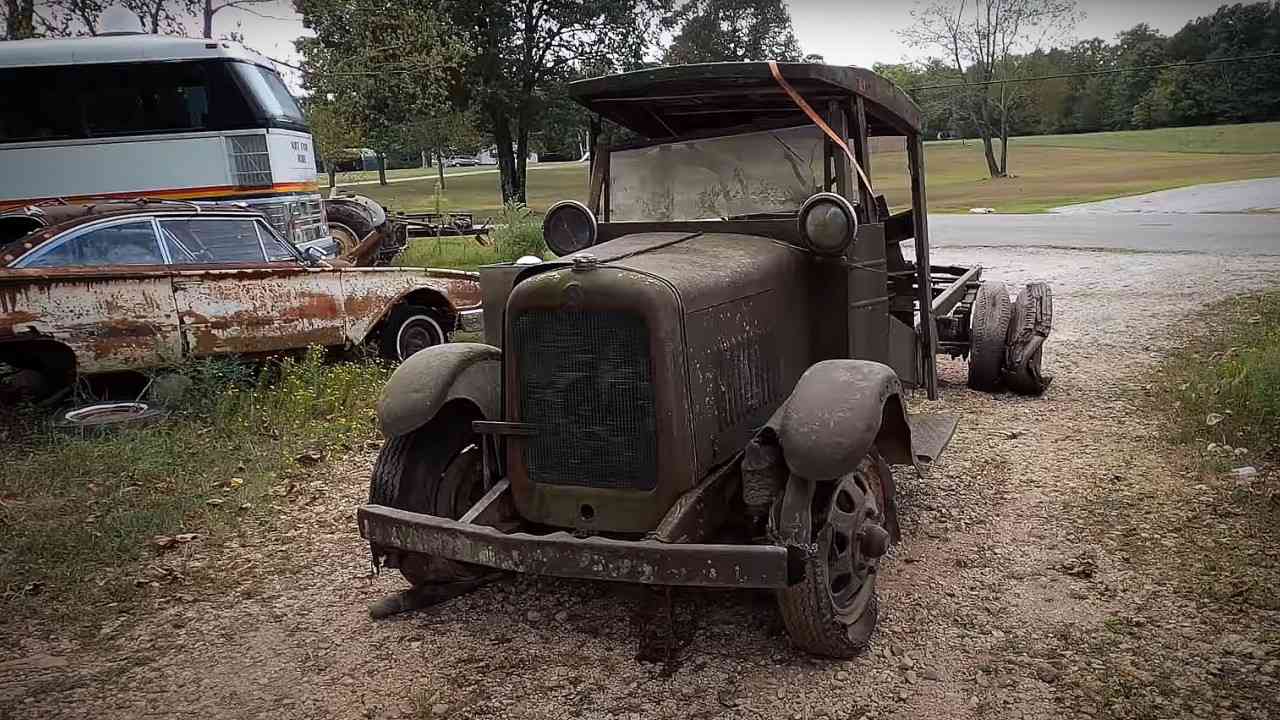Outside, the new Duster is one of 450 thousand predecessors sold in Russia. Even on the street, no one notices. However, with the change of generations, the crossover has changed so much in everything else that it could have been given a new name. There is no more than Duster that everyone knows: uncomfortable behind the wheel, rough on a good road, and fantastically energy-intensive on a bad one. But we found all this to one degree or another in … the editorial Capture! The soul of the “first” Duster seemed to have moved, finding refuge in the body of a more expensive Renault.
The theater starts from the coat rack, and the Duster starts from the landing. The steering wheel is nearly vertical and adjustable in all directions, and the driver’s seat can be lowered as low as ever. The seat itself is also different: comfortable and welcoming, it takes the body deeply and does not push out, as before. All this brings the quality of life together with Duster to a new level. In addition, the interior is assembled better than before, and although hard, not echoing plastic is used in the decoration. And the Duster is good for the details: the metalized edging of the climate control knobs and the stylish knob of the gear lever, as if taken from a hot hatch.
The car of the second generation is slightly narrower and lower than its predecessor, and the base has increased only by an imperceptible three millimeters, but the cabin is spacious. I adjusted the driver’s seat to my height (181 cm) and sat in the back with a gap of three centimeters in front of my knees. It is at ease for both the feet and the head, which are already eight centimeters separated from the ceiling upholstery. And the person occupying the center of the sofa will surely appreciate the low floor tunnel. It is a pity that the second-row sofa is not as comfortable as the first-row seats – the backrest is rigid and set too vertically.
Kaptur is a more designer car with its two-tone body and the same wheels, with an abundance of metal-like elements. The interior is also brighter, although this does not harm ergonomics. The unusual-looking dashboard is easy to read, the central display is optimally located, and the armrest, like that of the Duster, is adjustable longitudinally. And the fit is quite comfortable, but only if you compare it not with the new Duster, but with the old Capture, in which the steering wheel was adjustable only in height.
The French added a tweak to the steering column, but the rim is still installed gently, which forces you to sit closer to it. Your knees are bent more, you step on the pedals more quickly. And it is difficult to sit down as you want: the seat is high, and its curved back pushes the driver’s body away. Therefore, long journeys are more difficult – the back and legs get tired faster, especially the left one. And the rear passengers in Capture are closer than in Duster: with my knees, I touch the back of the front seat, and the ceiling is at a shorter distance from the head – 6–6.5 cm.
Both Renault – with 150-horsepower 1.33 turbo engines, but with different gearboxes. The Kaptur is equipped with the usual CVT. Pleasant dynamics, rich traction and ease of control are combined here with a second hitch during an active start from a standstill. A revelation was the Duster with a six-speed “mechanics”. This crossover has never been so fast! For a car with one driver and an almost full tank, when accelerating from zero to 100 km / h, we measured 9.7 seconds, overlapping the factory value for a second. At the same time, Kaptur, under the same conditions, could not reach the passport values - 10.7 s versus 10.4.
They echo dry numbers and feelings. The Duster seems to be fast when starting from a standstill or from medium speeds, regardless of the number of people in the cabin and without being tied to a location – it is equally agile both in an urban environment and on highways. And the gearshift mechanism is cool – it works well, the lever moves easily and not sweepingly. And then how do you remember the gearbox on the predecessor …
The suspension steering is matched. The car shares information through the steering wheel and clearly follows the commands, perfectly keeps on a fast arc, even if it is irregular, and when busting at speed it smoothly slides outward with four wheels. The trajectory can be instantly corrected by throttle release, after which the Duster will go inside the corner. With the brakes, too, everything is fine: they are tenacious, hardy, and the deceleration process is clear. It makes no sense to compare the new Duster with the old one – the differences in habits between them are fundamental.
Hyundai Elantra
Kaptur is right in between. He is ahead of the past Duster in all driver’s disciplines but does not reach the current one. It is lazier, it has more tangible longitudinal and transverse movements of the body, and the steering wheel is spared not only from jolts and bumps but also from feedback. Due to the same effort in the corners, you drive as if “on instruments”, and because of the blurred “zero” you have to steer on the high-speed line. There’s no question about braking performance, but the pedal has more free play than your opponent’s.
True, you can close your eyes to all this, given the fantastic smoothness and high energy consumption of the Kaptura suspension. I do not think that I will be greatly mistaken if I call it the most comfortable not only in my segment but also in the class (or even two) above. Micro profile, small and medium Nero Skoda greets with the light of matrix headlights and silence inside after a solid bang of the driver’s door. I’m as if deaf. Other senses work: there is a pleasant smell, I see a steering wheel reminiscent of the past S-class, large displays with a pretty picture, Alcantara on the dashboard, contour lighting threads … Octavia went up? But it does not drive much better than its predecessor, and this stagnation is especially noticeable against the background of the progress that the Elantra demonstrates over generations.
It is also not perfect, but at least provides a smoother ride than the Skoda. Pays less attention to micro-profile, thanks in part to 17-inch wheels (Octavia has an inch more). It does not pass at the joints of the Third Transport Ring, and artificial irregularities can be taken on the move. Objectively, there are enough vibrations – Hyundai does not disregard any average defect – but the acceleration peaks are smoothed out and do not cause irritation. On a bumpy road, however, the Elantra feels lax. As if her mileage is not 2500 km, but if so, forty more.
But the big trouble with Hyundai is soundproofing. Starting from low speeds, the cabin is filled with a hum of tires, which progresses powerfully with increasing speedometer readings. And if under the wheels there is rough asphalt interspersed with gravel, then the inhabitants of the cabin will not be envied. At the same time, stones and sand drum in the arches, and if you go in rainy weather, then the water splashes loudly. The naturally-aspirated engine also breaks down, screaming heart-rendingly from under the hood with every intense acceleration.
If we forget about the hysteria of the lane control system, the Octavia is more delicate to the ears. There is less noise from the road in the cabin, the turbo engine, which runs less often at high speeds, does not bother, and the rear semi-independent suspension does not produce a low-frequency hum, as on the previous model. But it shakes on irregularities! The liftback reports on potholes with a particular passion, and on large holes, the rigidity of the suspension is about to turn into cruelty. You can make your lot a little easier by abandoning 18-inch wheels, but the chassis settings are primarily to blame for the poor ride smoothness.
Nevertheless, in the same squalid area where Elantra jogs, Octavia is more collected. Much tougher, but still felt in this rigidity of the breed. And I’m not shaking in vain – the chassis can be a source of endorphin. After all, Skoda rushes along the bends of the road together, and the effort on the clear steering system logically increases or decreases. The non-disconnectable stabilization system is liberal and does not immediately fend off a skid after a sharp throttle cover. They keep an active pace and brakes, which are a pleasure to work with at high speed. In the city, the combination of freewheeling and the sharp bite that replaces it takes habit.
Skoda Octavia
Driving a 150-horsepower 1.4 TSI turbo engine is no problem. The high-torque “four” is responsive, always ready for acceleration, and during acceleration from a standstill it quite easily closes its own passport data by two tenths, gaining 100 km / s in 8.8 s according to Reislozhik, however, with one driver. The eight-speed “automatic”, which puts the necessary gears in time, quickly and seamlessly goes down, even with a slight press on the accelerator, is matched. And if you push it with all your heart, “hydromechanics” goes down four steps without fuss.
Elantra also has a classic “automatic”, and it develops 150 powers. But the naturally aspirated engine is sluggish at low revs, revives a little at medium, and pulls convincingly at high revs. When Octavia is not around, it seems that Elantra is not inferior to her when starting on the floor. However, the device records 9.9 seconds in the best attempt against the passport 9.8. And even when accelerating on the move, in the city, or on the highway, Hyundai is unable to compete with the Skoda – it has much more torque (250 N • m against 191), it is achieved earlier and in a wider rpm range. Ease of traction control is also so-so: the gas pedal is damped more than in the Octavia, and the six-speed gearbox is slower.
Although Elantra is ready to move fast – tenacious, collected, eager for turns! The rolls are surprisingly less, as well as the diagonal swing in bends, and there is almost no tendency to skid even with the stabilization system turned off. The car can! But the driver doesn’t want to. The sticky steering wheel is almost devoid of feedback, and the effort on it is always the same.
And traditionally for Korean cars, there are problems with brakes – they simply cannot withstand active driving with frequent decelerations. The pedal becomes softer, there is a burning smell … But in quiet mode, the brakes were liked even more than in the Octavia – the efficiency is the same, and the intensity of braking is regulated more by pedal effort than by stroke.
In general, the buyers of Elantra were lucky. With such a spectacular exterior and interior, she could drive primitively, and none of the customers were bothered. But the engineers have achieved a good balance of the chassis. Plus, in Hyundai, the front seats are more comfortable, the geometry of the rear landing is more accurate, and the visibility on the mirrors is better. Elantra evolves! And yet I cannot definitely recommend buying a Hyundai. The Koreans did not report too much noise insulation.



Leave a Reply